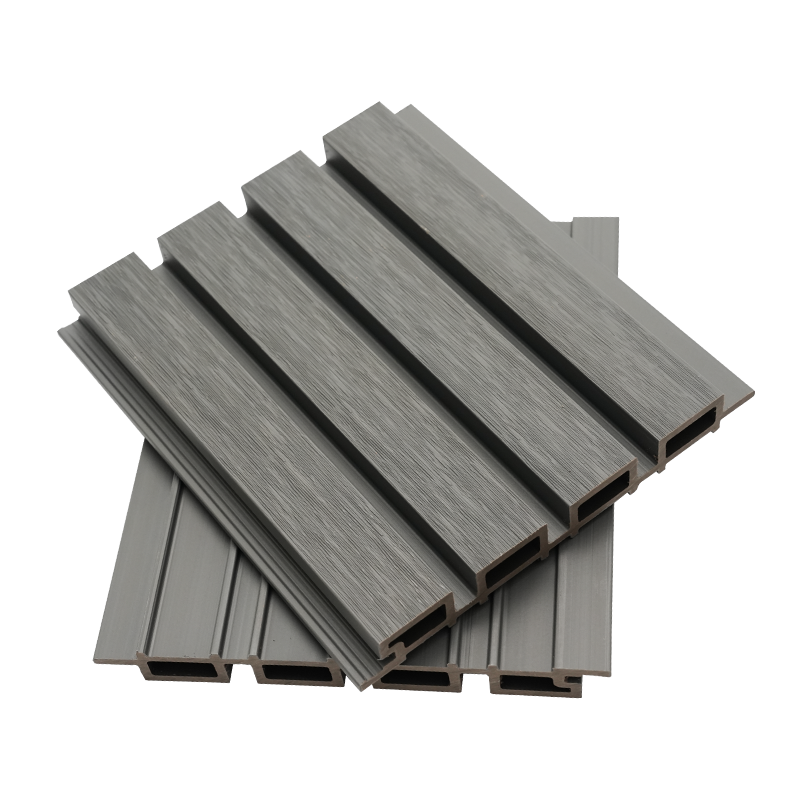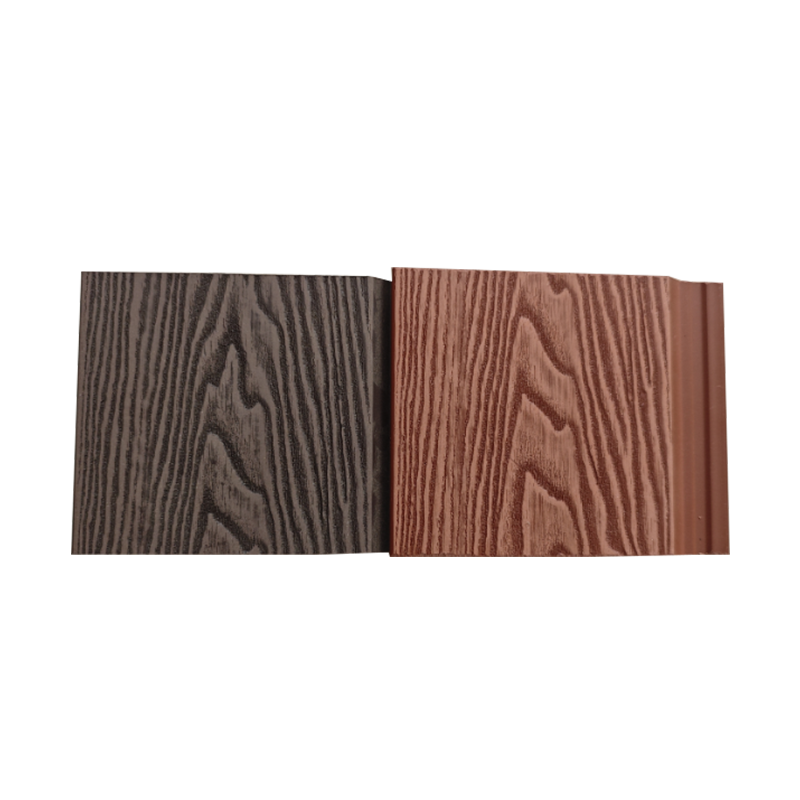If you need any help, please feel free to contact us
WPC composite decking boards have rapidly gained popularity in both residential and commercial outdoor projects due to their durability, low maintenan...
READ MORE



Wood plastic exterior siding panels can effectively prevent moisture penetration and avoid expansion and deformation caused by humid environment, which can extend service life and reduce maintenance costs. They are self-absorbent and do not produce toxic gases, which improves the safety of buildings. They do not contain benzene and formaldehyde, have excellent environmental protection, can resist ultraviolet rays, humidity and corrosion, and adapt to various climatic conditions.

WPC composite decking boards have rapidly gained popularity in both residential and commercial outdoor projects due to their durability, low maintenan...
READ MOREIn the evolving landscape of outdoor construction materials, homeowners, landscapers, and architects are increasingly exploring alternatives to tradit...
READ MOREIntroduction As outdoor living spaces continue to evolve, WPC composite decking boards have become one of the most favored materials for patios, balco...
READ MOREIntroduction Outdoor decking materials face constant challenges from moisture, UV radiation, temperature fluctuations, and biological decay. Over time...
READ MOREIn the evolving landscape of architectural materials, modern exterior siding panels have become a focal point for builders seeking both performance an...
READ MOREThe exterior of a building serves more than just an aesthetic purpose. It acts as the first layer of protection against UV radiation, rain, snow, humidity, and fluctuating temperatures. Among the many cladding options, modern exterior siding panels have gained remarkable attention in recent years. They represent a merging of technology, sustainability, and design, transforming not only how buildings look but also how they perform.
Traditional options—such as wood, brick, and stucco—dominated construction for centuries. While each provided strengths, they also carried limitations in durability, maintenance, and adaptability to energy standards. The shift toward advanced siding materials reflects the construction industry’s broader move to integrate composites, lightweight metals, fiber cement, and engineered products that align with today’s sustainability and efficiency goals.
These panels are designed with a scientific approach that balances performance and sustainability. Their layered structures often include:
By integrating such features, modern cladding reduces long-term maintenance costs while extending building lifespans.
A key reason for the adoption of these solutions is sustainability. Conventional cladding often involves high-energy production or materials that degrade quickly. In contrast, today’s siding panels are recyclable, energy-efficient, and often made with reduced carbon footprints. Some even incorporate renewable or recycled raw materials, aligning with global green-building standards.
Architecture today emphasizes personalization, sleek geometry, and innovative textures. Advanced siding materials can mimic the look of wood or stone while avoiding weathering and heavy upkeep. A wide variety of finishes, colors, and surface patterns lets designers achieve minimalism, industrial sharpness, or rustic charm without sacrificing durability.
Energy efficiency is becoming a global requirement. By offering effective insulation, these panels reduce reliance on heating and cooling, lowering both energy consumption and operational costs. Reflective coatings and ventilated façades further improve indoor comfort in residential and commercial settings.
From coastal regions to polluted urban centers, cladding must endure diverse conditions. Engineered siding is resistant to corrosion, fading, cracking, and pests. This durability reduces lifecycle costs and ensures buildings retain their integrity and visual appeal for decades.
Stricter international codes demand fire-resistant materials. Many modern siding panels are tested to slow fire spread and resist ignition, ensuring compliance and providing peace of mind.
The rise of smart cities is also influencing façade technology. Some panels are being developed with sensors to monitor temperature, air quality, and structural stress. This turns cladding from a passive barrier into an active component of intelligent construction.
Demand for these solutions is growing in both residential and commercial sectors. Emerging economies seek affordable, durable materials, while developed nations prioritize energy efficiency and green certifications. This dual demand ensures continued global growth.
As demand for cladding innovation rises, many enterprises contribute through research and technological development. Among them, Jiangsu Xuanhui New Material Technology Co., Ltd. has been active in advancing material science and exploring new possibilities for siding. Their work reflects the trend of combining expertise with scientific progress to meet evolving architectural requirements.
Looking ahead, modern exterior siding panels are expected to integrate renewable energy technologies like photovoltaic layers, self-cleaning nanotech surfaces, and modular designs for faster installation. The future of siding is not just about covering walls—it is about transforming buildings into efficient, resilient, and aesthetically inspiring environments.